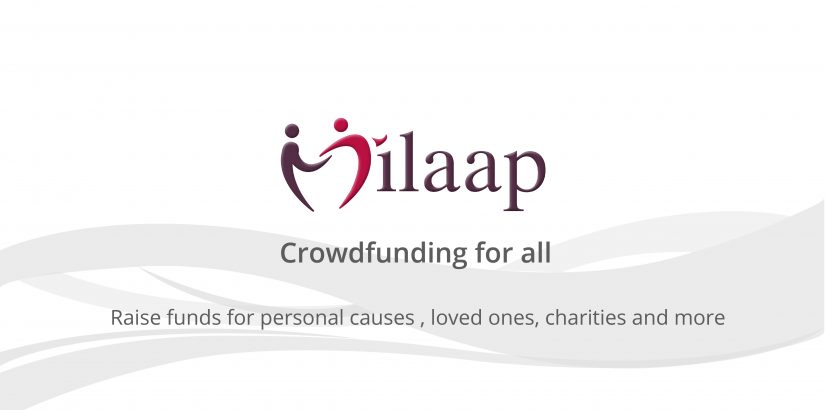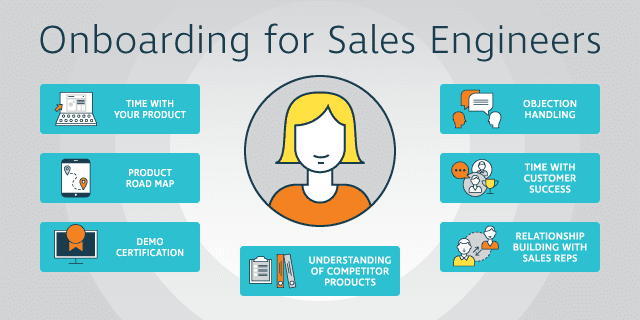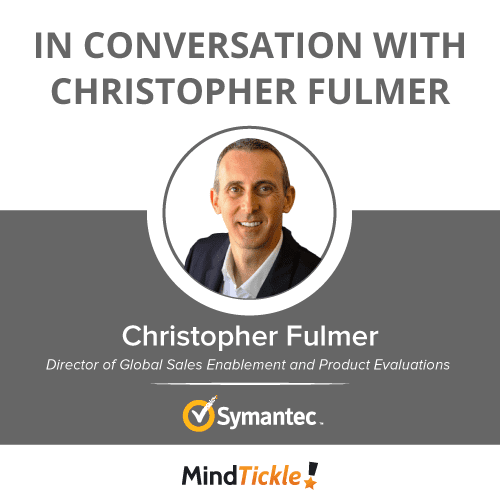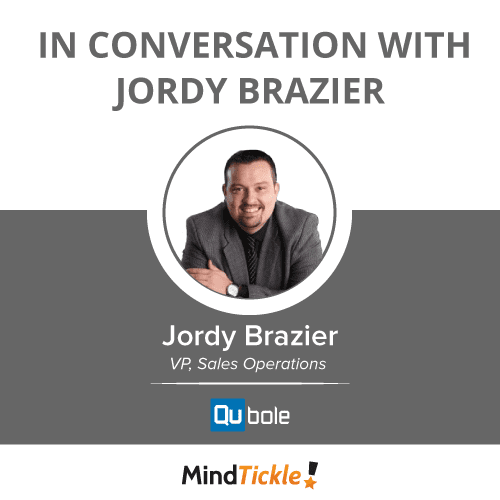Milaap Meets Mindtickle
Milaap is India’s largest online crowdfunding platform. Founded in 2010 by a team of young and passionate entrepreneurs, Milaap has pioneered the vision to enable people to directly assist individuals in need. They have changed the scenario of person to person giving in India and how Indians support a cause.
Over the past eight years, it has emerged as a preferred platform to fund medical emergencies. Online crowdfunding is now becoming accessible to more people across the country, backed by social media and the ease of digital payments. Today, Indians are effectively mobilizing support to face difficult situations through online communities across the world. This crowdfunding approach has applications in almost every domain.
While an increasing number of students are able to explore more opportunities for higher studies, people are more empowered to address local issues with help communities that connect with their cause.
“Over 80 percent of the funds raised on crowdfunding platform Milaap are for medical needs,” says co-founder and President Anoj Viswanathan.
Milaap.org has gone one step ahead and taken the ease of online fundraising a notch higher. They are moving away from conventional, mechanical forms to a more empathetic and conversational approach through chatbots. Based on intensive research, and feedback from their community of users, the platform has pioneered a way to make it easier for people to share their need with others.
With an overwhelming majority of funds raised for medical causes, the platform is now focusing on making quality healthcare affordable, and therefore accessible to more people in the country. The Milaap platform not only helps one share sensitive stories with greater comfort but also makes the process extremely easy for new users, who may be from extremely remote places. With all the required details in place, the verification process is much faster. This new feature is so unique that Milaap is in the process of applying to get a patent.
With the industry growing rapidly and the concept gaining more acceptance, the team at Milaap is striving to take crowdfunding to a broader audience. Especially, those who may be from the most remote areas of the country. This is indeed a big step into the future, where people can share their cause with the world over a simple conversation. As Anoj Viswanathan says, “Quality healthcare is becoming accessible to more people, without financial constraints.”
Milaap collaborates with hospitals and corporations and seeks to widen its network by going into smaller cities and carrying campaigns in local languages. With families being pushed into poverty because of medical expenses, the “tech-for-good” company’s initiative gives patients’ families an avenue to cope with massive medical bills.
About Mindtickle
Mindtickle is a global Sales Readiness platform which helps companies across industries build robust sales teams. Mindtickle’s core focus is on enabling companies to grow revenue and build brand by equipping customer-facing teams to be on message and on task.
At Mindtickle, we are always looking for ways to give back to society in various forms. We support social causes and try to help people during natural disasters and raise funds to help with relief efforts during a crisis.
“We have grown with the help and support of the Society, and every individual who is privileged and fortunate enough should help the less privileged and give back,” says Krishna Depura, Co-Founder and CEO of Mindtickle.
While some of our professionals have started their own dog shelter to rescue dogs, some reach out to orphanages and nursing homes to donate, celebrate, or spend some fun time while making artwork.
Milaap joins hands with Mindtickle
Mindtickle’s founders have always strived to support socially conscious organizations and activities. This support includes donating their technology to help organizations like Milaap train their team members to be ready to render help to those in need.
“When we heard of Milaap we thought what could be a better way to give back to the society while helping the process of connecting individuals to donors! Hence, we are helping Milaap to use our platform to train their team members and keep them posted on how they can enable individuals to avail and raise donations on the go,” said Krishna Depura.
The tool also helps train members to reach out to doctors, and with hospitals they collaborate with, to guide patients or their relatives to reach out to Milaap when in need.
Milaap runs several campaigns to help crowdsource funds for individuals and patients out of which came a campaign named “Feet on Street.” In this campaign, team members are stationed in every super specialty hospital across India to help patients know more about crowdfunding, and educate the hospitals about the help that Milaap provides.
The Mindtickle platform, in such cases, becomes a valuable tool to help them provide the right info and training material to help individuals without losing precious time. The platform also helps them fast track the fund-raising process by training team members with regular updates and enabling people to create campaigns on the Milaap website to get timely help.
Mindtickle helps Milaap ensure the right distribution of resources required by the representatives, with up-to-date info on the go, efficient training to help the patients at the sensitive time of need and to address their issues with the right guidance.













